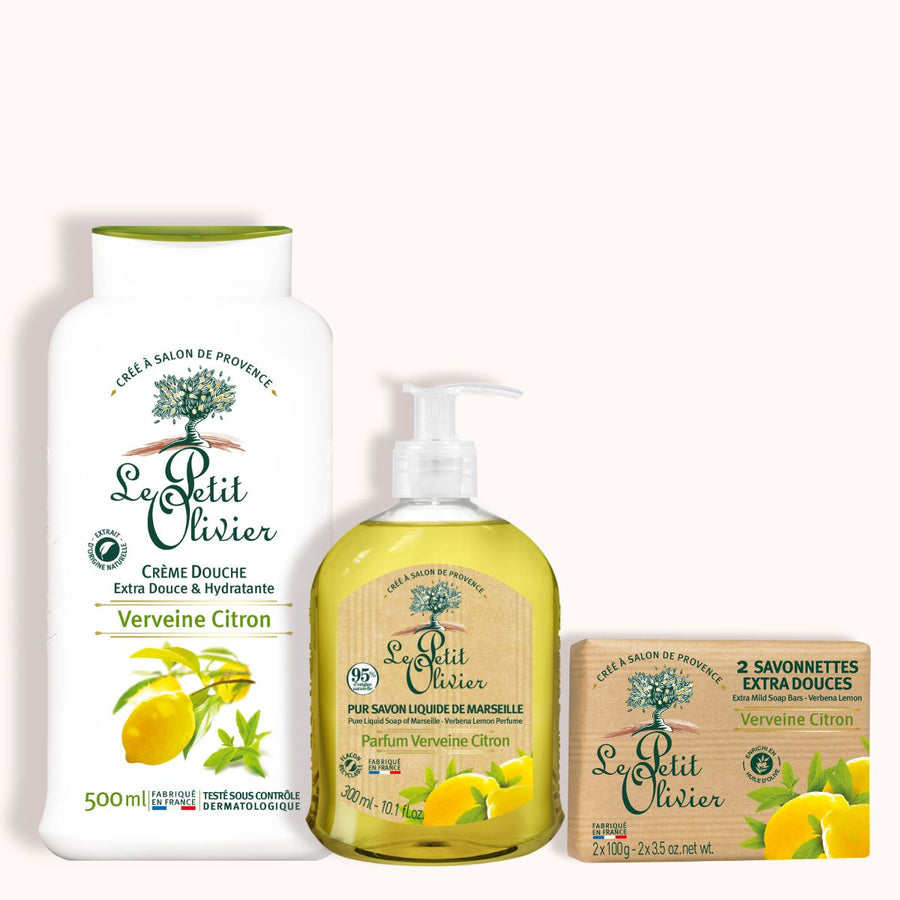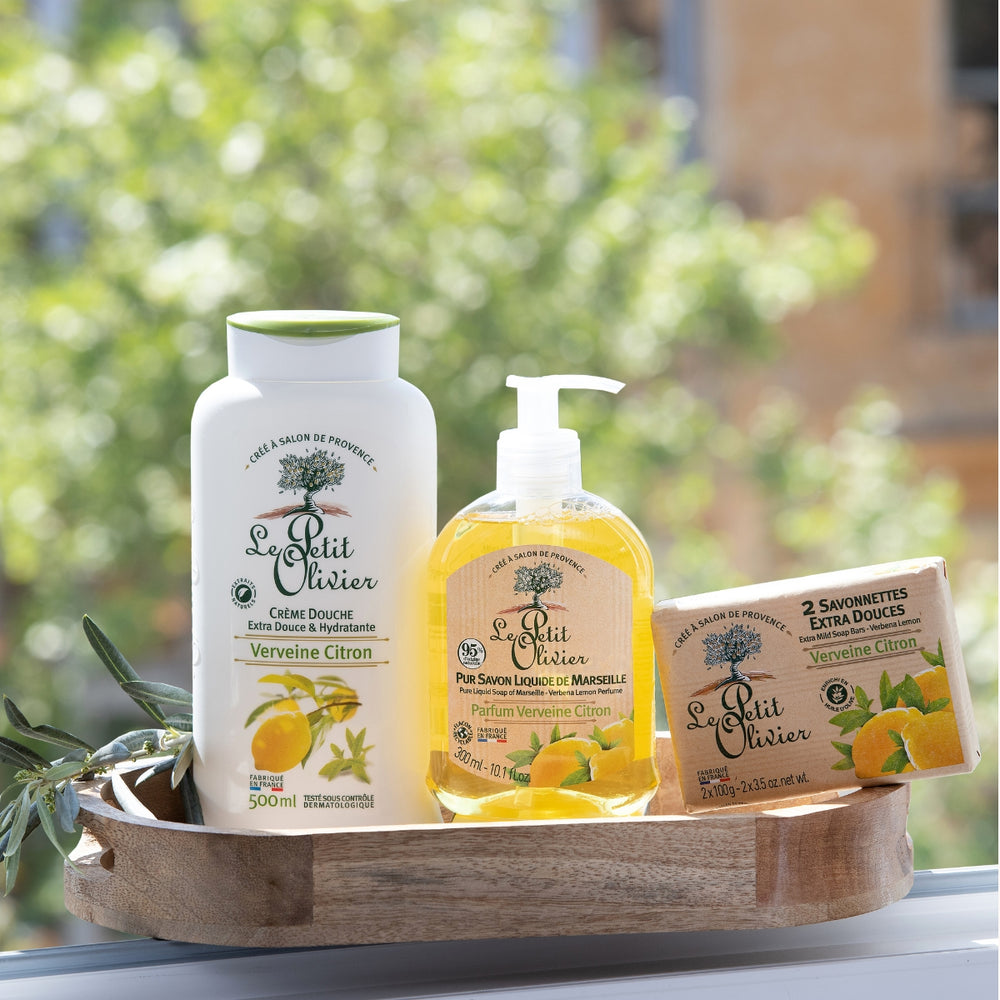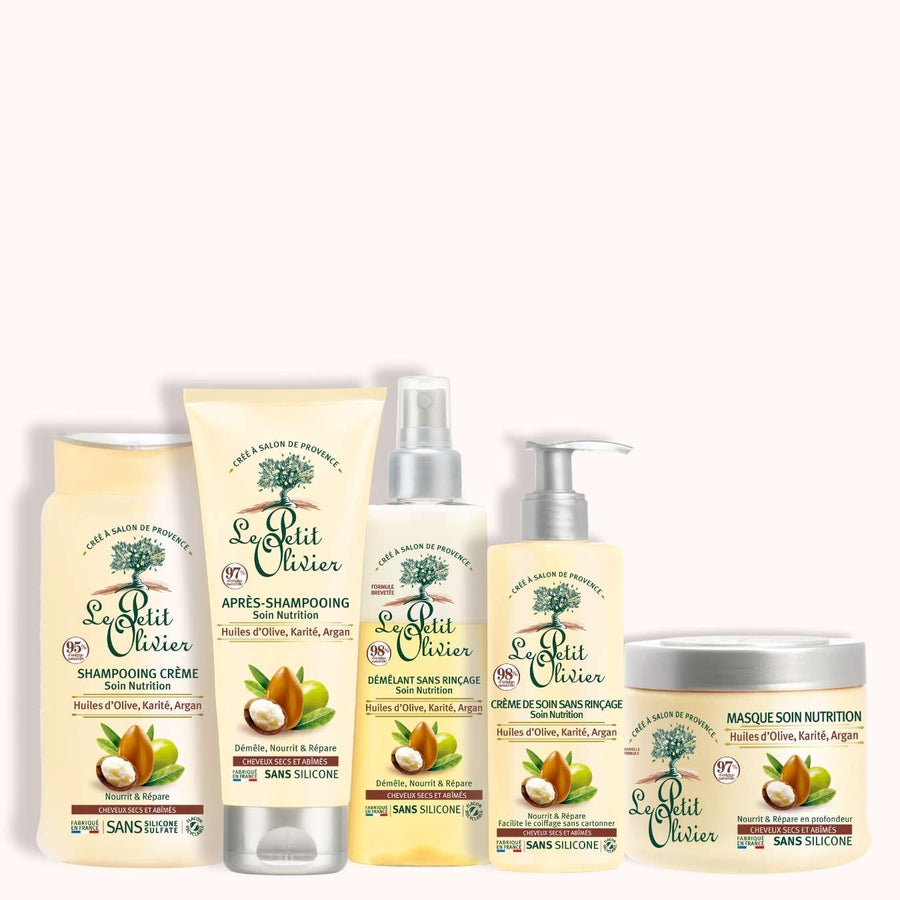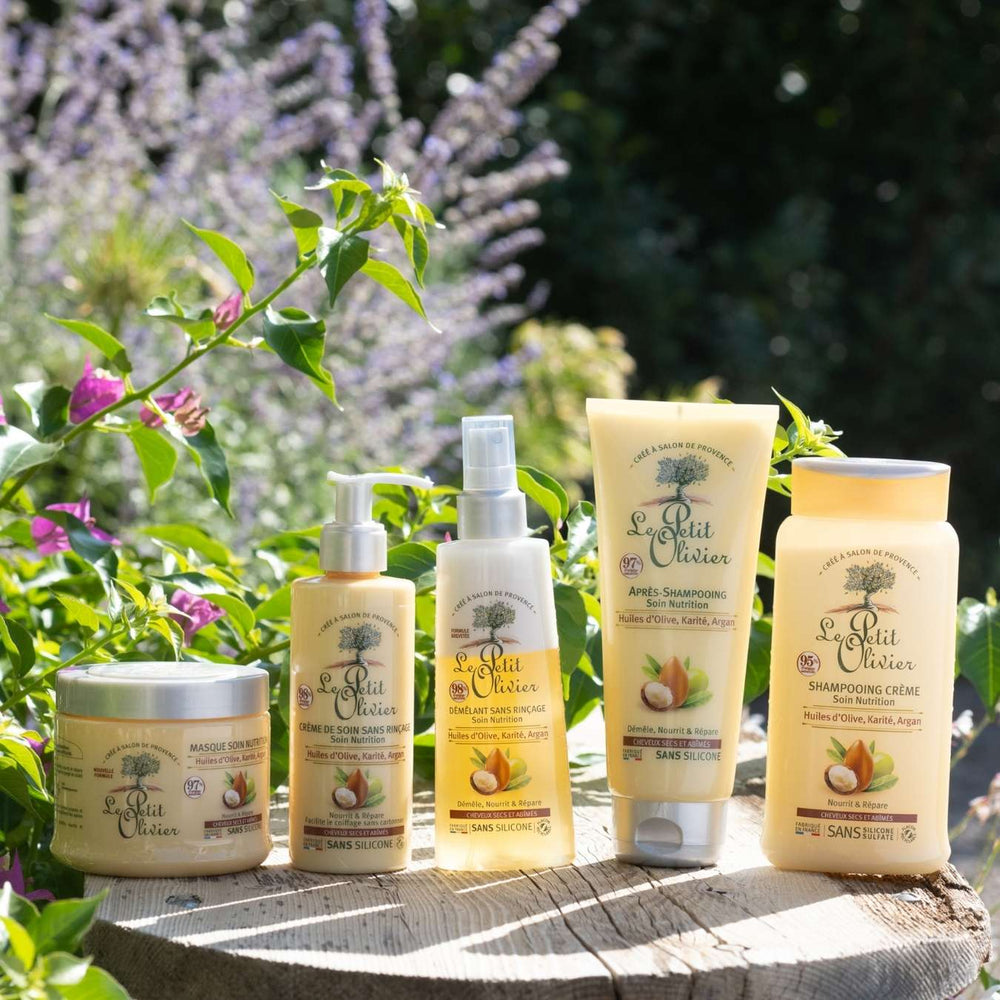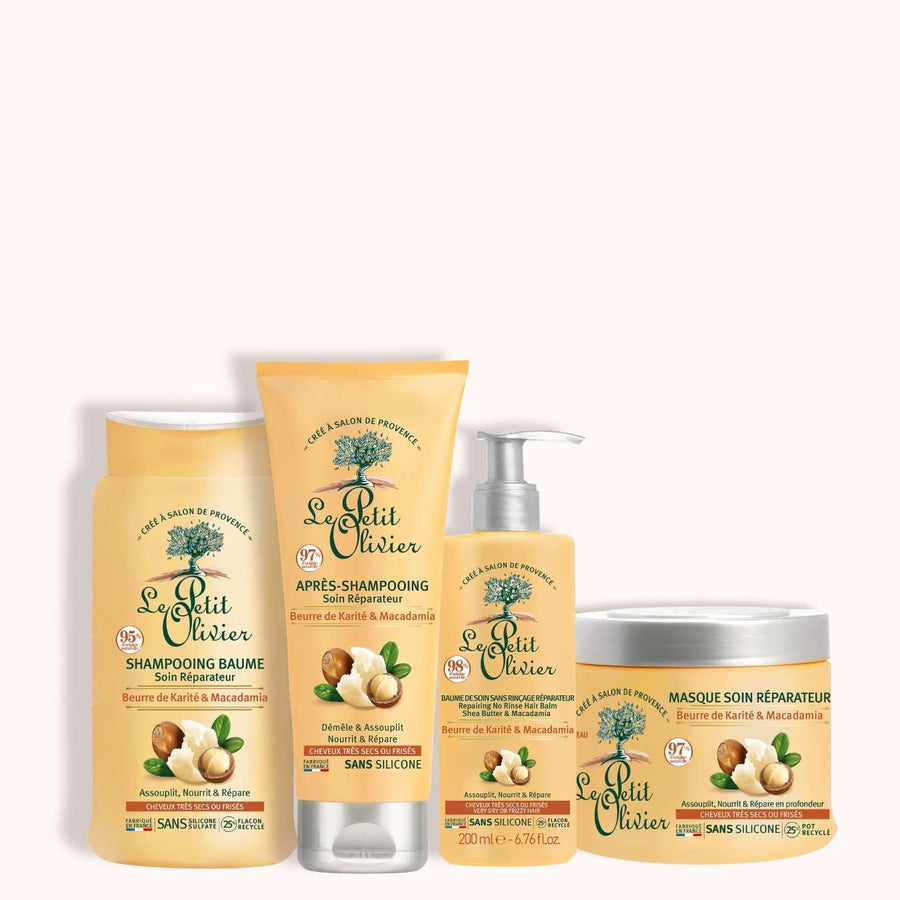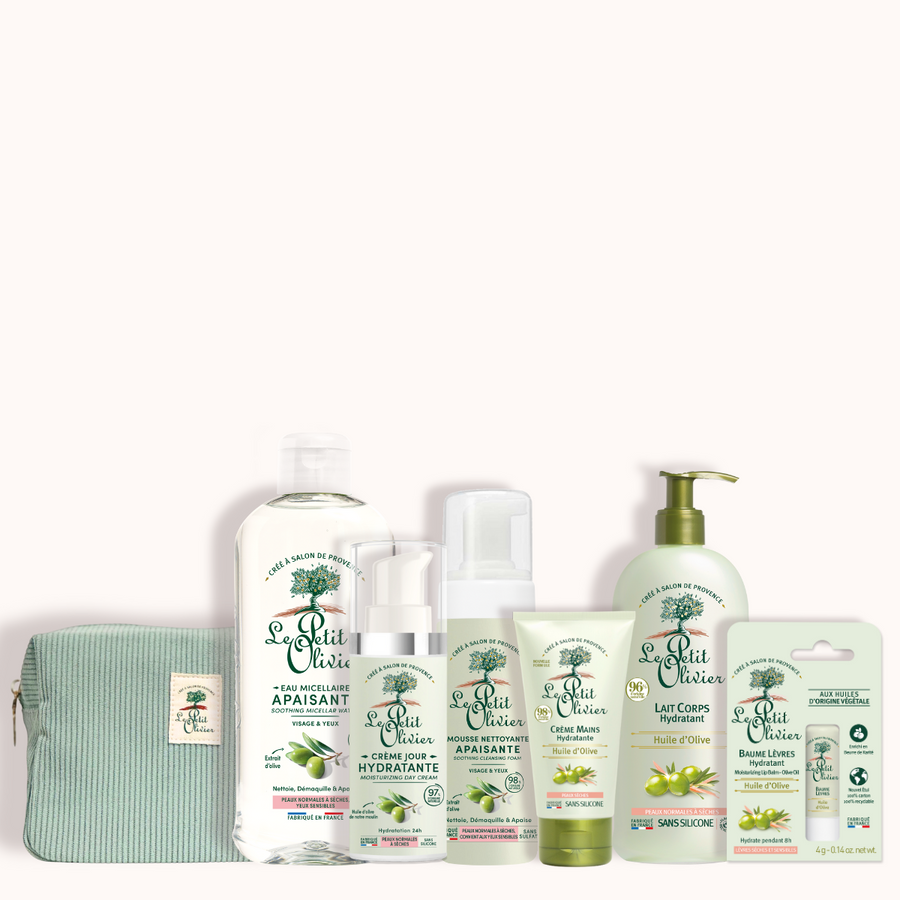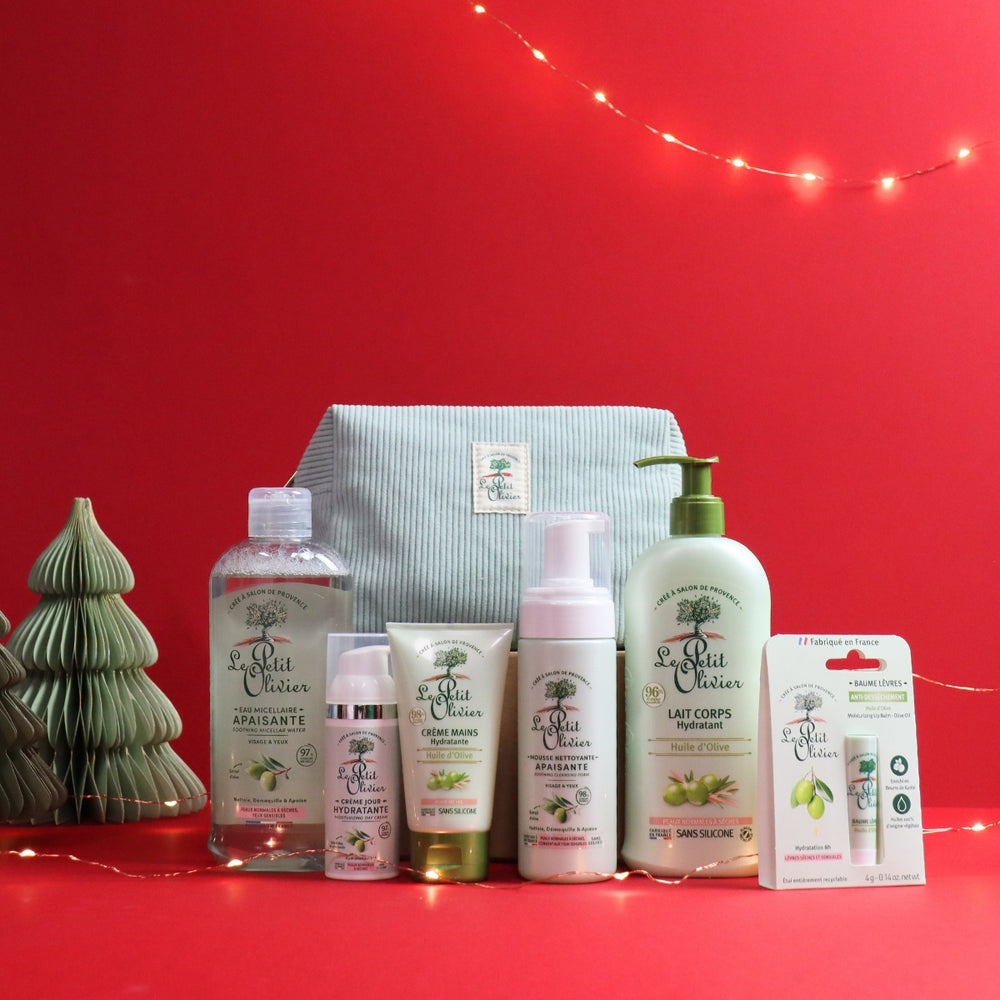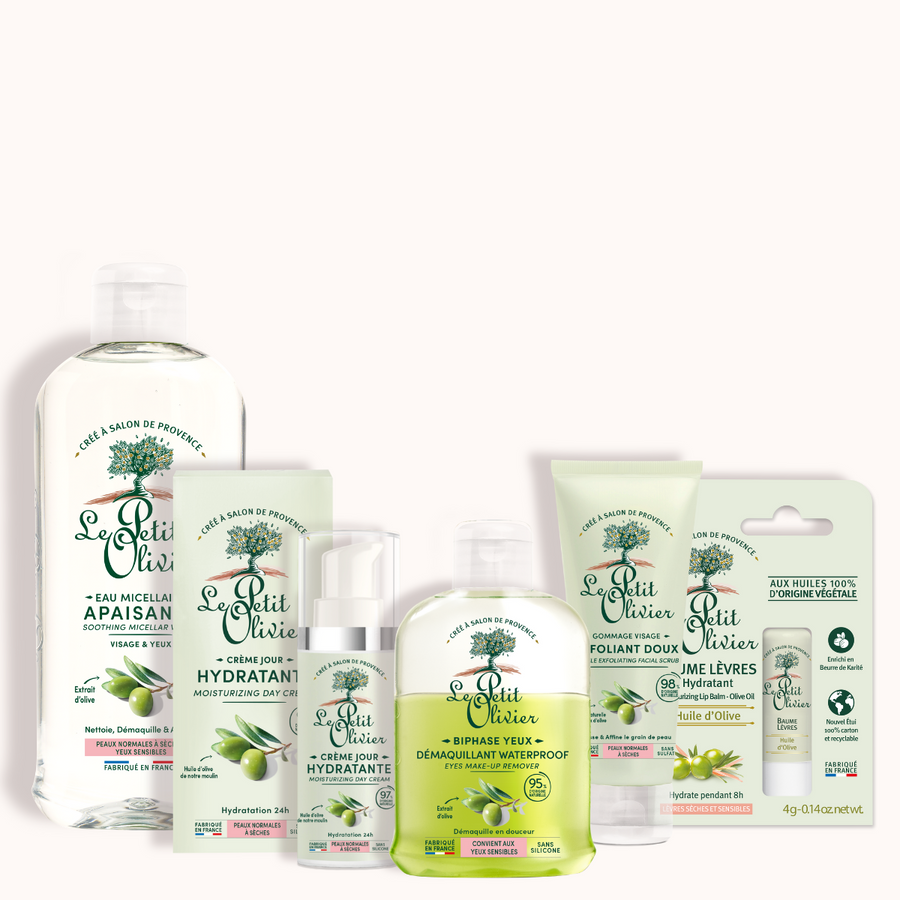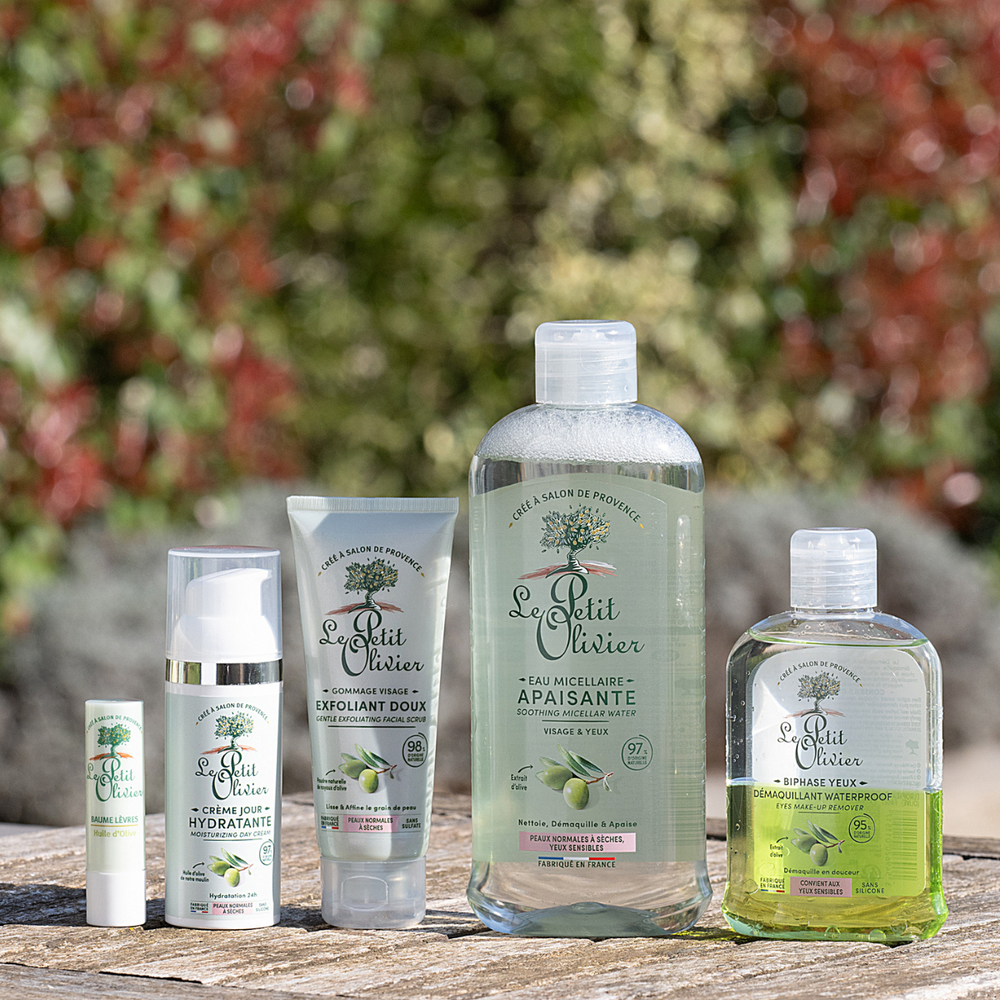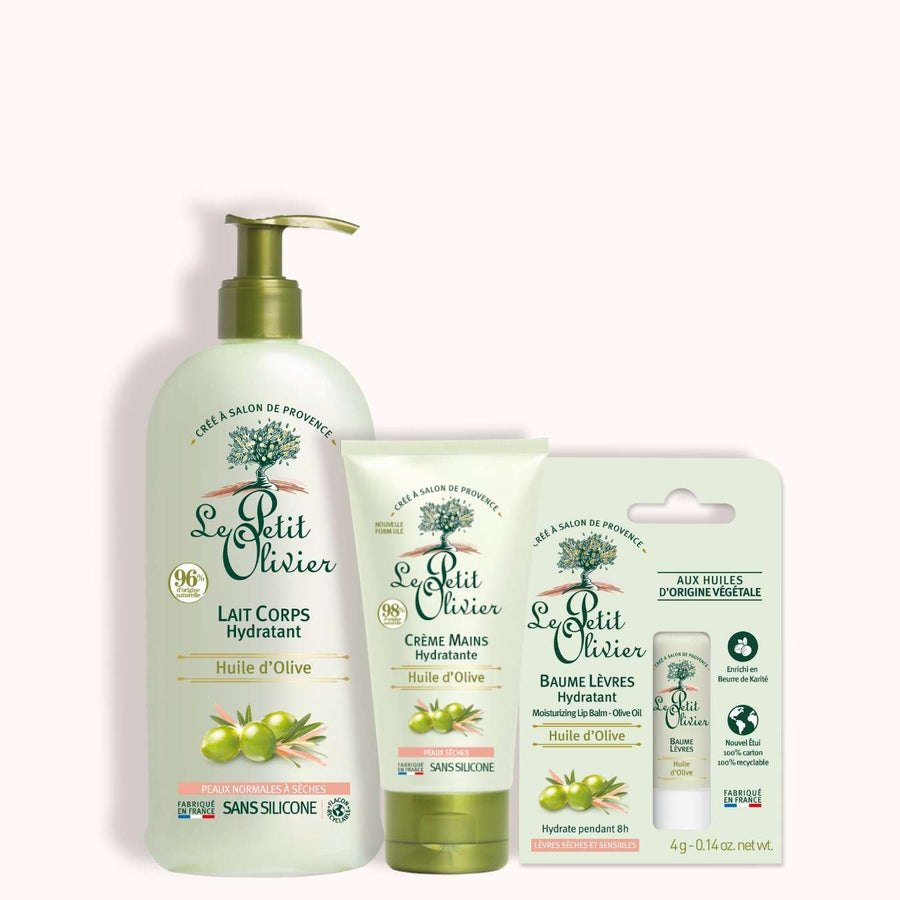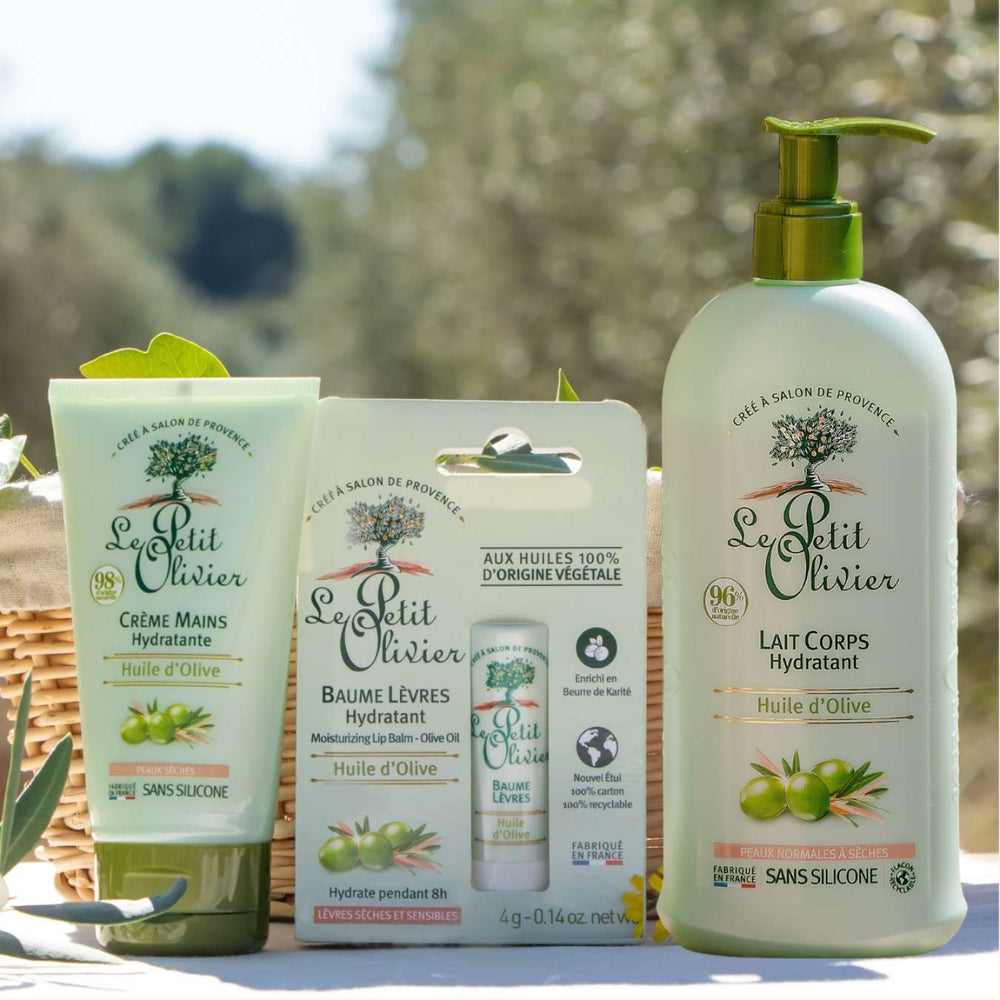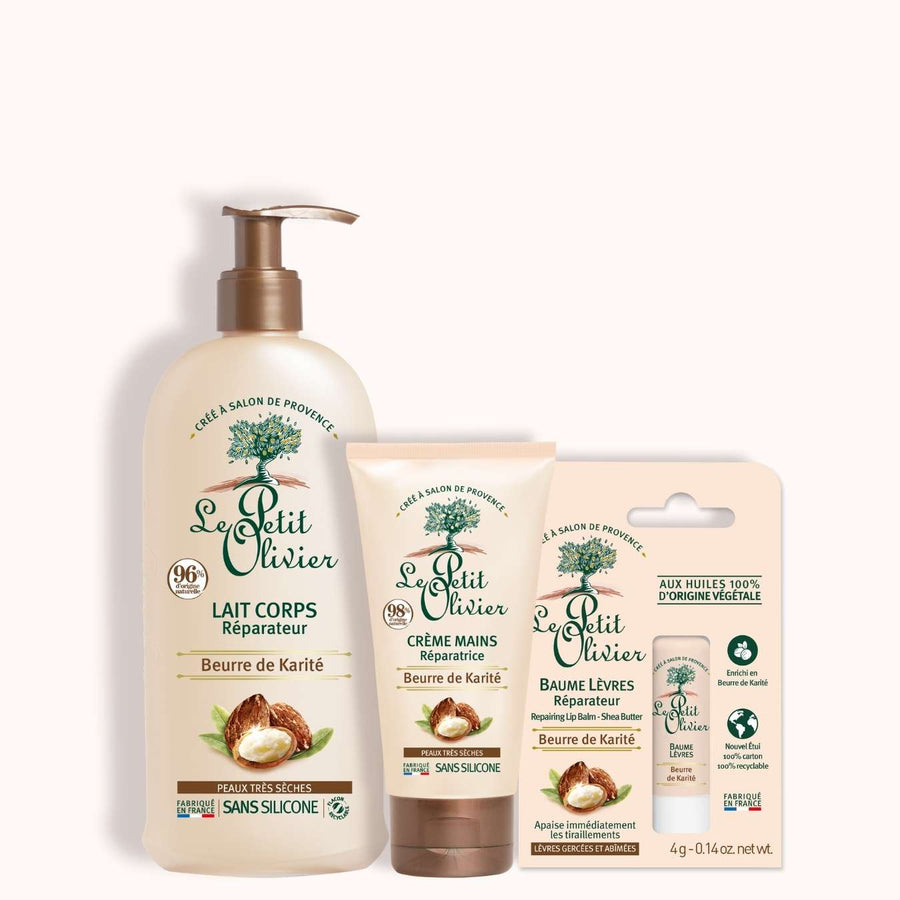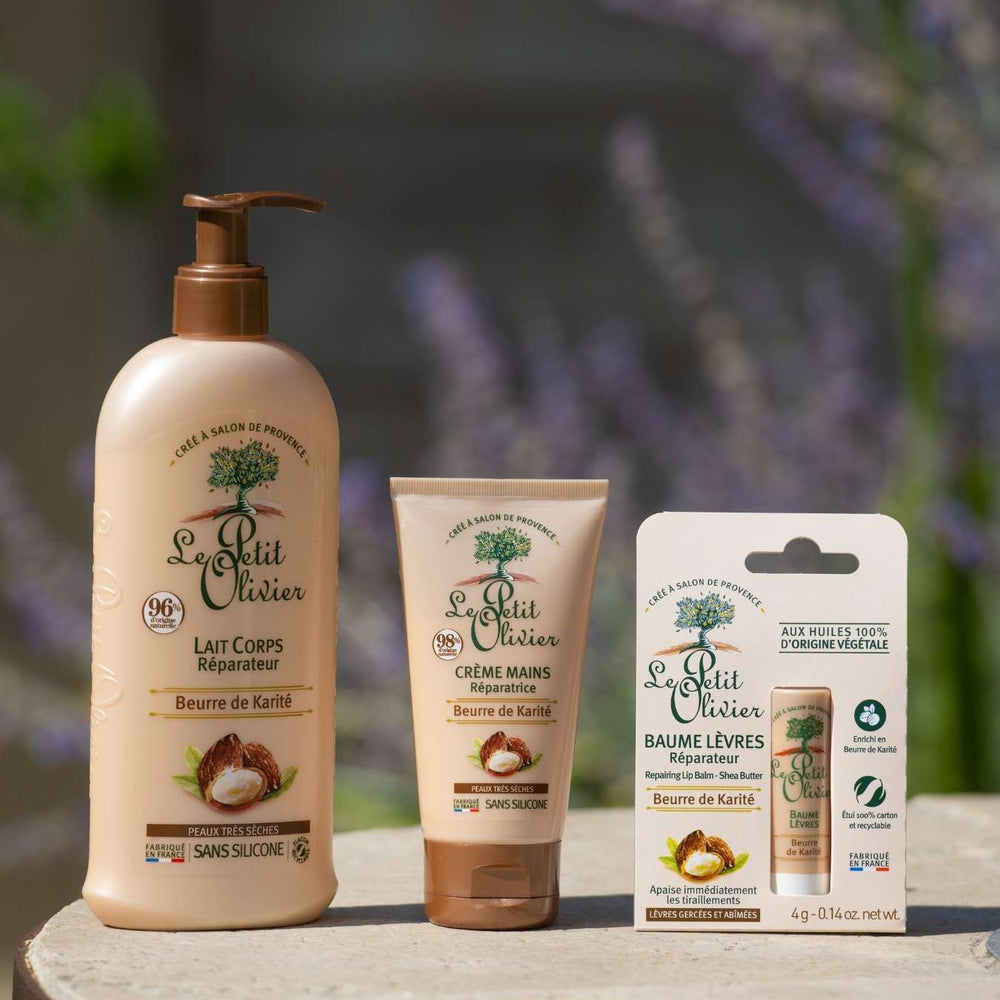Hair detangler: what are the best application techniques?
Hair detangler is much more than just a hair care product. It plays a crucial role in preserving the softness and manageability of your strands, while making daily styling easier. But how do you apply detanglers to get the best results? Understanding how it works and the different types available on the market is essential for optimal use.
Have you ever thought about the importance of washing your hair before application, or choosing the right conditioner for your hair type? Application techniques, whether in the shower or on wet hair, can transform your hair routine. The importance of washing and choosing the right conditioner, as well as application techniques, are crucial to the success of your hair care routine.
Understanding the role of hair conditioner
How the hair conditioner works
Hair detangler is much more than a simple adjunct to your hair routine. It's an indispensable ally, especially when your hair tangles with disconcerting ease. But how does it really work? By enveloping each hair in a fine protective layer, detangler reduces friction between hair fibers. This allows knots to be gently untangled, without the need for excessive force that could weaken the hair fiber.
The active ingredients in these products work in synergy to bring suppleness and shine to your hair. For example, some detanglers include moisturizing agents that deeply nourish hair, while others focus on fortifying elements that strengthen its structure. The ultimate goal? To give your hair a silky touch and a shiny appearance.
Different types of hair conditioner
There's a plethora of detanglers to suit the specific needs of every hair type. Fluid creams or balms are perfect for beautifying normal to dry hair after each wash, providing lightness and softness without weighing down the hair fiber. For very dry or damaged hair, thick masks or creams offer intense repair thanks to their targeted action.
- Light detanglers: ideal for people with fine hair who want to avoid any weighing-down effect.
- Rich detanglers: designed to intensely nourish thick or curly hair that needs extra moisture and care.
- No-rinse detanglers: practical for those who want to save time while enjoying continuous care throughout the day.
Preparation before applying hair conditioner
The importance of washing hair before application
Before applying a conditioner, it's crucial to prepare your hair thoroughly. A good wash is the first essential step in ensuring optimal product efficacy. Cleansing your hair removes impurities and residues that can build up over the days. Start by thoroughly wetting your hair, then distribute the shampoo in your hands before applying it to your scalp. If the lather seems insufficient, add a little water rather than shampoo. Massage gently with your fingers to encourage the action of the beneficial ingredients.
After rinsing thoroughly, gently wring out your hair and dab it with an absorbent towel without rubbing. This reduces drying time and preserves hair structure. This meticulous preparation ensures that your conditioner can work effectively on a clean, well-prepared base.
Choosing the right conditioner for your hair type
Choosing the right conditioner depends on a thorough understanding of your hair type and its specific needs. Each hair type is unique, and so are the solutions that best suit it. For people with fine or flat hair, opt for a lightweight conditioner that won't weigh down your delicate strands, while adding suppleness and shine.
If your hair is thick, curly or particularly dry, opt for a conditioner rich in moisturizing ingredients capable of deeply hydrating each hair fiber. Leave-in formulas also offer a practical solution for those in a hurry but looking for continuous care.
By selecting a product adapted to the specific nature of your hair, you ensure not only effective detangling but also continuous enhancement of your hair's natural beauty as the days go by.
The best techniques for applying hair conditioner
Detangling technique for wet hair
Detangling hair while it's still damp requires a gentle, methodical approach. Start by separating your hair into sections, working strand by strand. Use a wide-tooth comb or a special brush to avoid breakage, especially if your hair is long or particularly curly.
Always start with the ends and work your way up. This technique not only makes it easier to remove knots, but also prevents them from becoming tighter as you brush.
By adopting these simple but effective steps, you'll protect your hair while giving it softness and shine every day.
Optimizing the effectiveness of hair conditioner
Recommended application time for conditioner
Detangling time can make all the difference to your hair routine. Leaving the product on long enough allows the active ingredients to penetrate deeply and release their full benefits.
Use of a suitable comb during application
The tool you choose to apply your detangler also plays a crucial role in achieving knot-free, radiant hair. A wide-tooth comb, for example, is particularly effective for distributing the product evenly over the lengths while preventing breakage.
Remember to start with the ends and gradually work your way up to the lengths; this not only removes knots without pulling on the scalp, but also ensures even distribution of the detangling agent. For those with tight curls or very thick hair, a brush specially designed for detangling can offer extra comfort.
By incorporating these simple but essential gestures into your routine, you can guarantee your hair incomparable softness and radiant shine day after day.
Precautions to take when using a hair conditioner
Avoid common mistakes when applying conditioner
Correct application of conditioner is essential to preserve the beauty and well-being of your hair. A common mistake is to apply the product directly to the scalp. This can weigh down the roots and make your hair greasy more quickly. Concentrate instead on the lengths and ends, where knots usually form.
Another important precaution is to scrupulously respect the directions for use of the product you are using. For example, avoid mixing your conditioner with other products not specified in the instructions, as this could alter its effectiveness or cause undesirable reactions.
Precautions for sensitive scalps
If you have a sensitive scalp, you need to take certain precautions to avoid irritation and discomfort. Opt for gentle formulas, specially designed to minimize the risk of allergy or skin reaction. Avoid direct skin contact when applying the product.
Remember to carry out a test before use by applying a small amount of product behind your ear and waiting 24 hours to check that no reaction occurs. If you feel any irritation or discomfort during application, rinse immediately with plenty of lukewarm water.
After applying hair conditioner
Post-straightening hair care
Once you've finished detangling, it's essential to prolong the benefits of your treatment by adopting an appropriate maintenance routine. Let your hair air-dry as much as possible to preserve its natural texture and avoid excessive heat, which can damage the hair fiber. If you must use a hairdryer, use it at a low temperature and maintain a reasonable distance to minimize the risk of drying.
Also remember to brush your hair gently every day, using a brush with soft bristles that will respect the delicate structure of your strands. This simple gesture not only maintains the detangling effect, but also stimulates blood circulation to the scalp, promoting optimal growth.
We recommend these other pages:
- Should I apply detangler to wet or dry hair for best results?
- When is the best time to apply a hair conditioner?
- Can you use a detangler every day without damaging your hair?
- How to distribute conditioner to avoid persistent knots?
- Should the conditioner be applied all over the hair or just to the ends?
